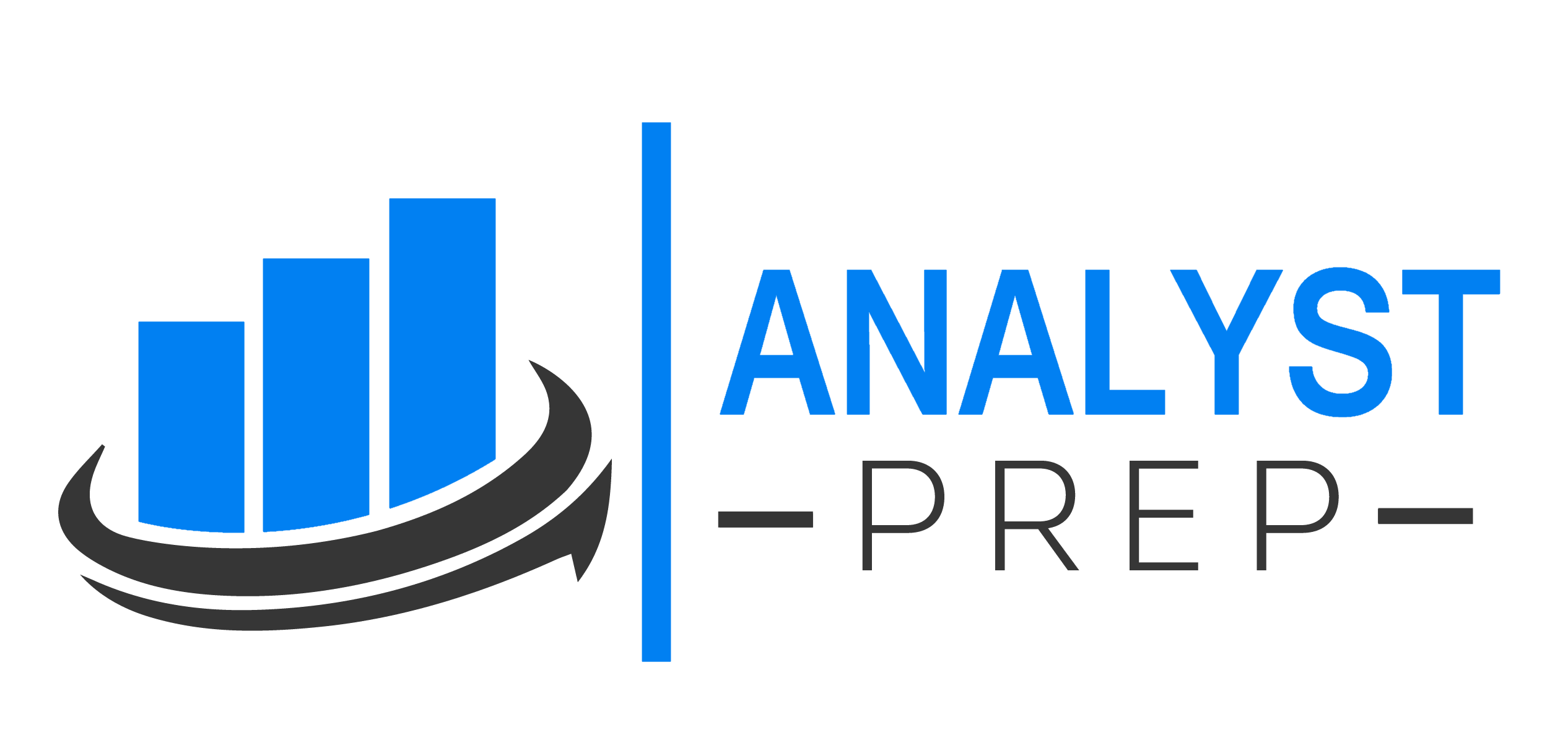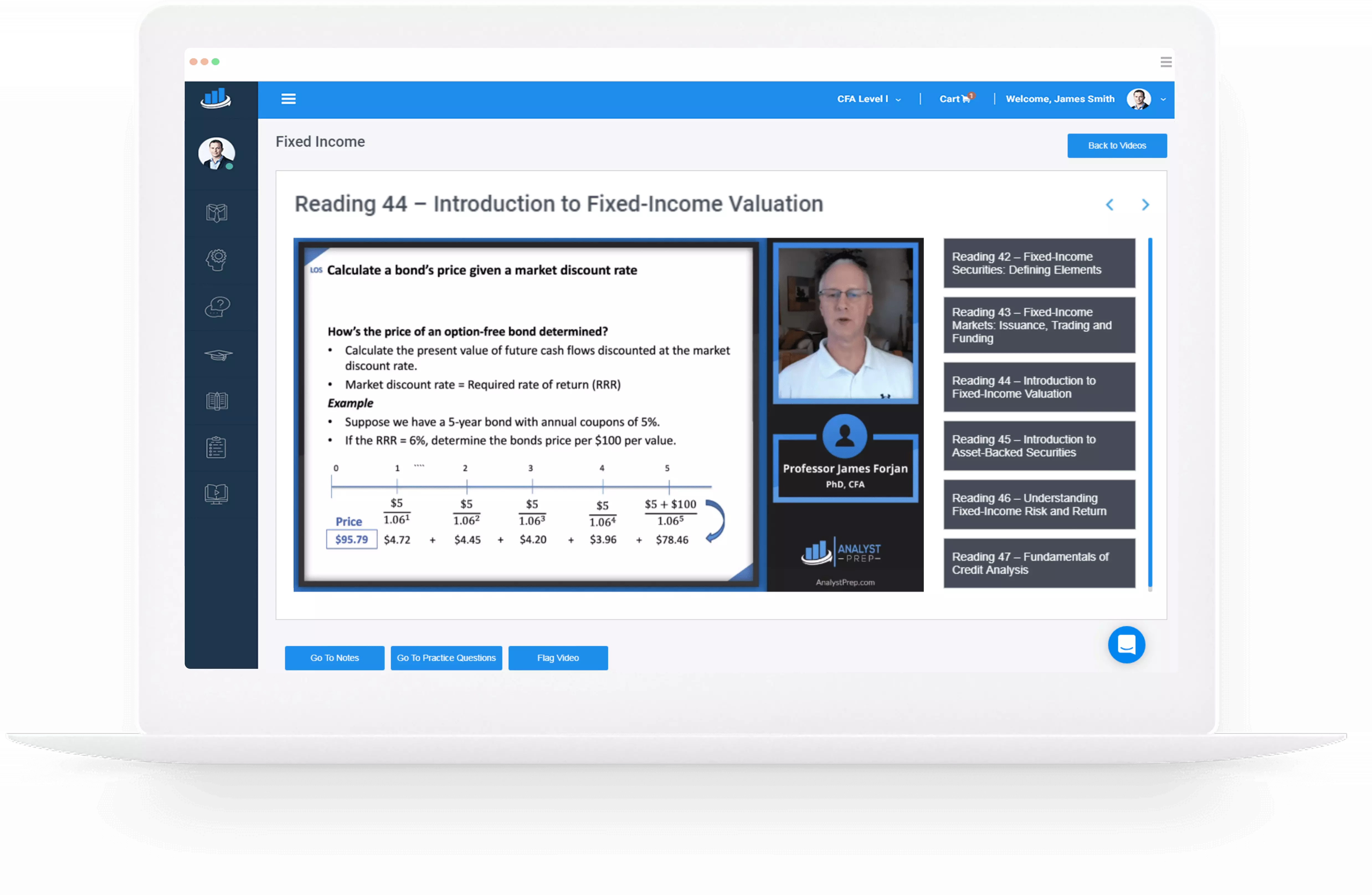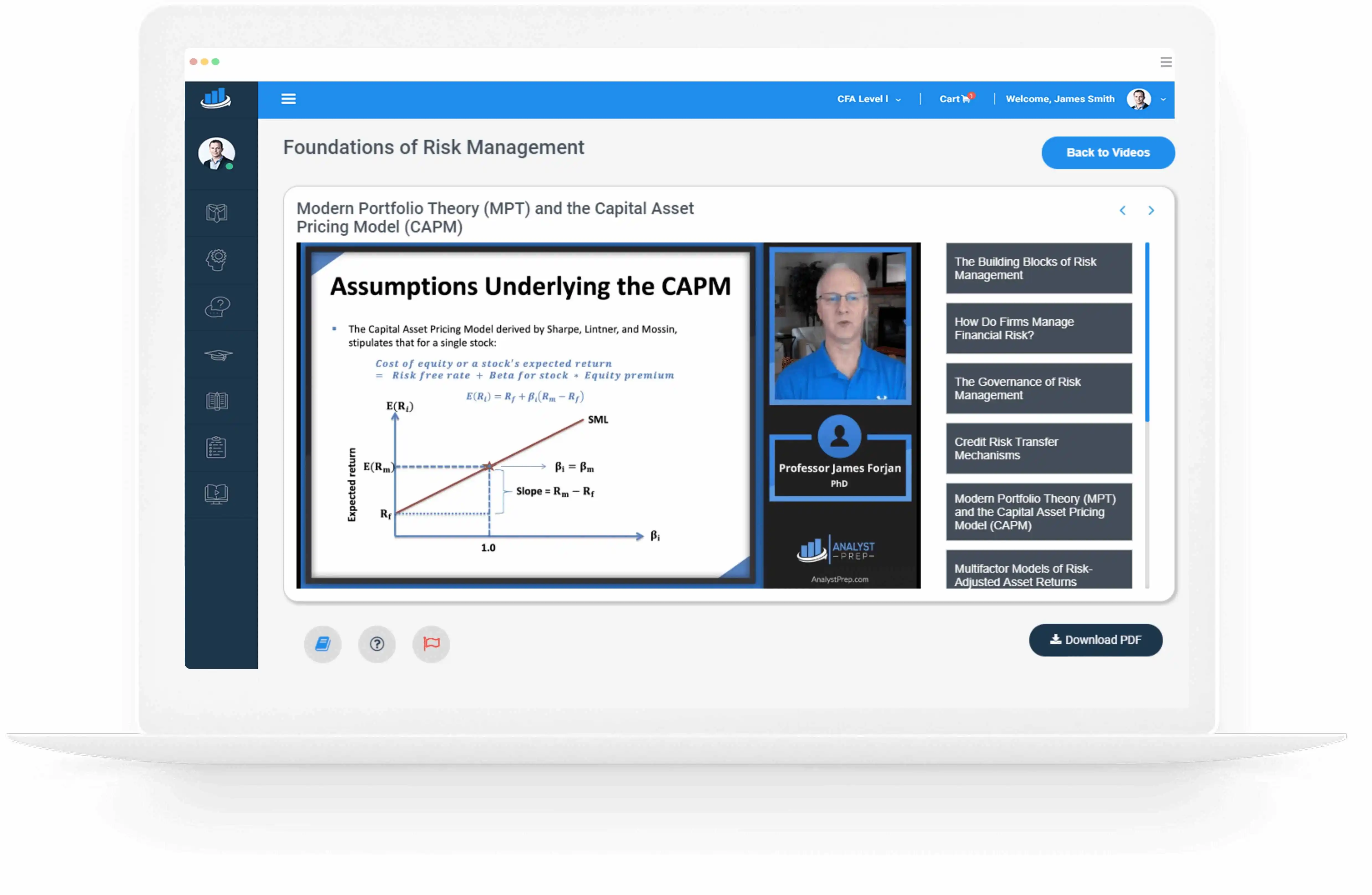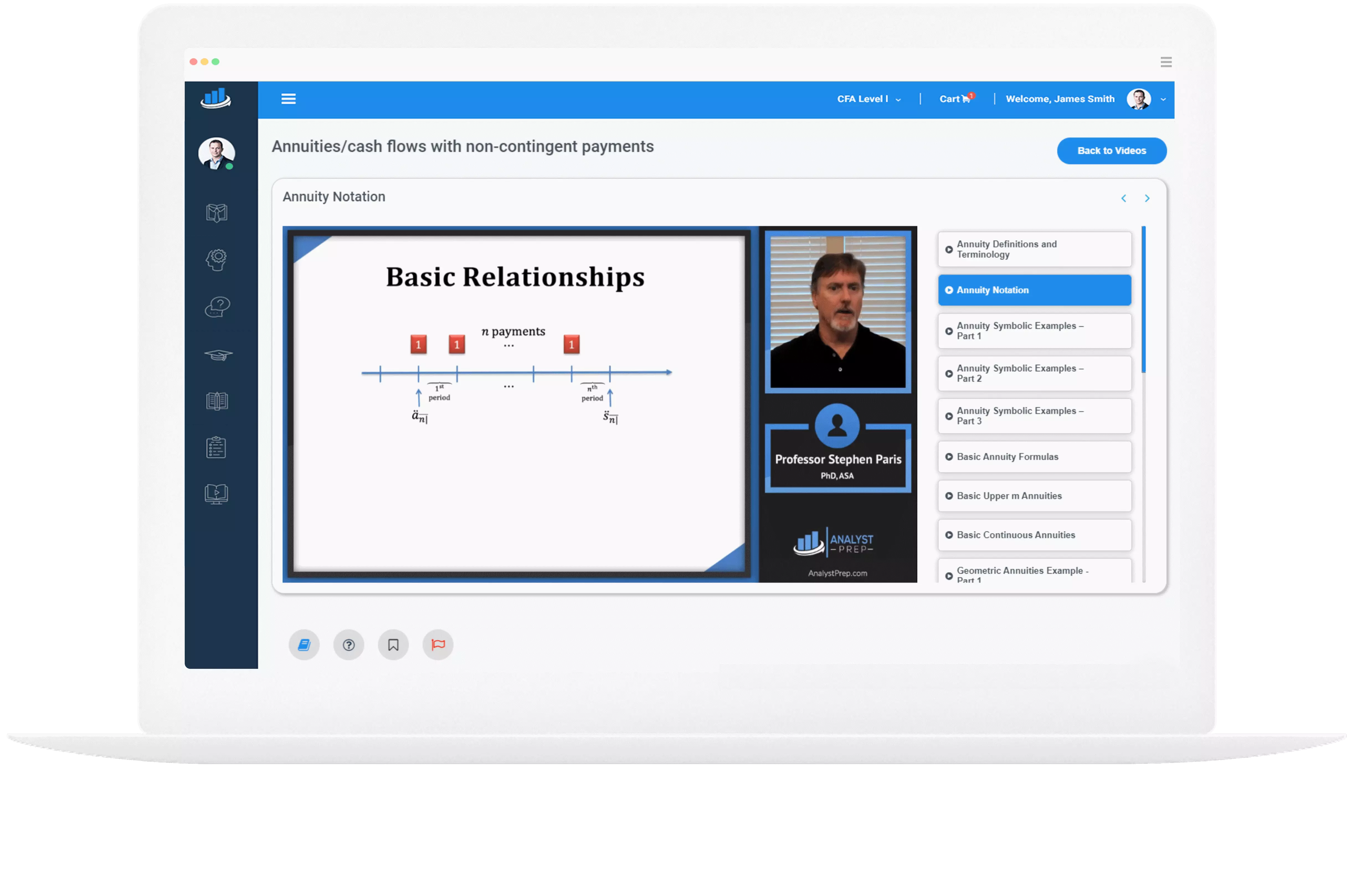Backtesting an Investment Strategy
Backtesting is an investment strategy evaluation technique. It uses past data to test real-life investment processes to assess whether a strategy would yield desirable outcomes. Objectives of Backtesting Backtesting offers investment strategy-related rigor and insight to investors. Backtesting is used…
The Backtesting Process
There are three steps in backtesting: strategy design, historical investment simulation, and analysis of backtesting. Step 1: Strategy Design The first step is to formulate the investment hypothesis and goals. An active strategy would aim to achieve excess returns above…
Approaches in Valuing Real Estate
Valuation of Real Estate Properties Valuation of any commercial property is intrinsically valuable as it determines the worth of any particular real estate property. Income Valuation Approach In this scenario, a comparison is created where an investors’ acquisition price…
Valuation Discounts and Premiums
Public company valuations are based on liquid share exchange, while private company valuations adjust for control and limited share exchange. The highest value comes from a strategic buyer with synergy potential and a willingness to assume execution risk. Financial buyers…
Asset-Based Approach (Cost Approach)
The principle underlying the asset-based approach is that the value of ownership of an enterprise is equivalent to the fair value of its assets less the fair value of its liabilities. The asset-based approach, also known as the cost…
Required Rate of Return Models
The CAPM $$\begin{align*}\text{Required return on equity}&= \text{Risk-free rate} \\&+ (\text{Beta} \times \text{Market risk premium})\end{align*}$$ The CAPM is generally inappropriate for private entities. Expanded CAPM $$\begin{align*}\text{Required return on equity} &= \text{Risk-free rate} + (\text{Beta} \times \text{Market risk premium}) \\&+ \text{Small stock…
Discount Rate Estimation Elements
Challenges in estimating a required rate of return: Size premium When valuing private companies, size premiums are used in developing equity return requirements. Estimating a premium using small public firms may have an upward bias since many of them are…
Uses of CDS
Investors exploit the arbitrage opportunities created by the differences in pricing between asset and CDS markets, or differences in pricing of different products in the market. Credit Basis A CDS basis is the difference between a bond’s credit spread and…




